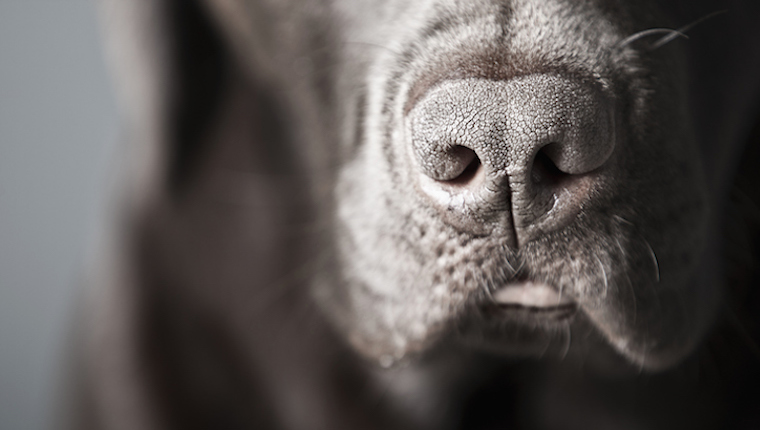Nasal dermatoses in dogs is a collection of skin conditions that affect the nose. The condition can affect both the hairy and hairless parts of the nose.
Some of the common symptoms of the condition include redness, lesions, and swelling.
All dogs can develop the condition. However, Collies seem particularly prone to suffering from it.
If you see the signs of the condition in your dog, then get to a veterinarian for a proper diagnosis and treatment.
Here’s what you should know about the symptoms, causes, and treatments for the condition.
Symptoms of Nasal Dermatoses in Dogs
The condition produces a wide range of symptoms. For instance, some of the most common symptoms include:
- Redness
- Crusting
- Lesions
- Alopecia
- Pustules
- Dry and cracked skin
- Nose bleeds
- Scaling
- Foul smell
- Swelling
- Ulcers
- Excess pigments
- Loss of pigments
Causes of Nasal Dermatoses in Dogs

The cause of the condition can be a very wide range of things. However, some of the most common causes include:
- Bacterial infections
- Ringworm
- Autoimmune issues
- Allergies
- Dietary problems (including lack of zinc)
- Fungal infections
- Skin mites
Additionally, the following breeds seem most predisposed to developing the condition:
- Collie
- German Shepherd
- Boxer
- Golden Retriever
- Boston Terrier
- Scottish Terrier
- Siberian Husky
- Labrador Retriever
- Schnauzer
- Rottweiler
- Great Dane
- Doberman Pinscher
- Lhasa Apso
- Basset Hound
Treatments for Nasal Dermatoses in Dogs
Firstly, your vet will ask about your dog’s symptoms. Secondly, your vet will ask about any circumstances where your dog could have come into contact with something that could have aggravated their skin.
Thirdly, your vet will carry out a full physical examination. Blood and urine tests will be taken. Additionally, samples of any crusting or flaking skin will be taken. Also, tests for bacterial and fungal infections can be used to diagnose the condition.
Generally, treatment targets the underlying cause of the condition. For example, bacterial infections can be treated with antibiotics. As always, if your vet prescribes your dog any medicine, make sure to stick to the correct dose and frequency instructions. Also, complete the full course of medicine.
Steroid treatments can also be used in some cases. Also, flea and tick medication can be successful in cases involving mites — although make sure your vet advises you on which medication to use.
Ultimately, prevention is better than cure with this condition. So check the condition of your dog’s nose regularly. Also, use a dog-formulated sunscreen when needed.
Have you ever cared for a dog who suffered from this condition? How did your vet help your dog recover? Let us know in the comments section below.









